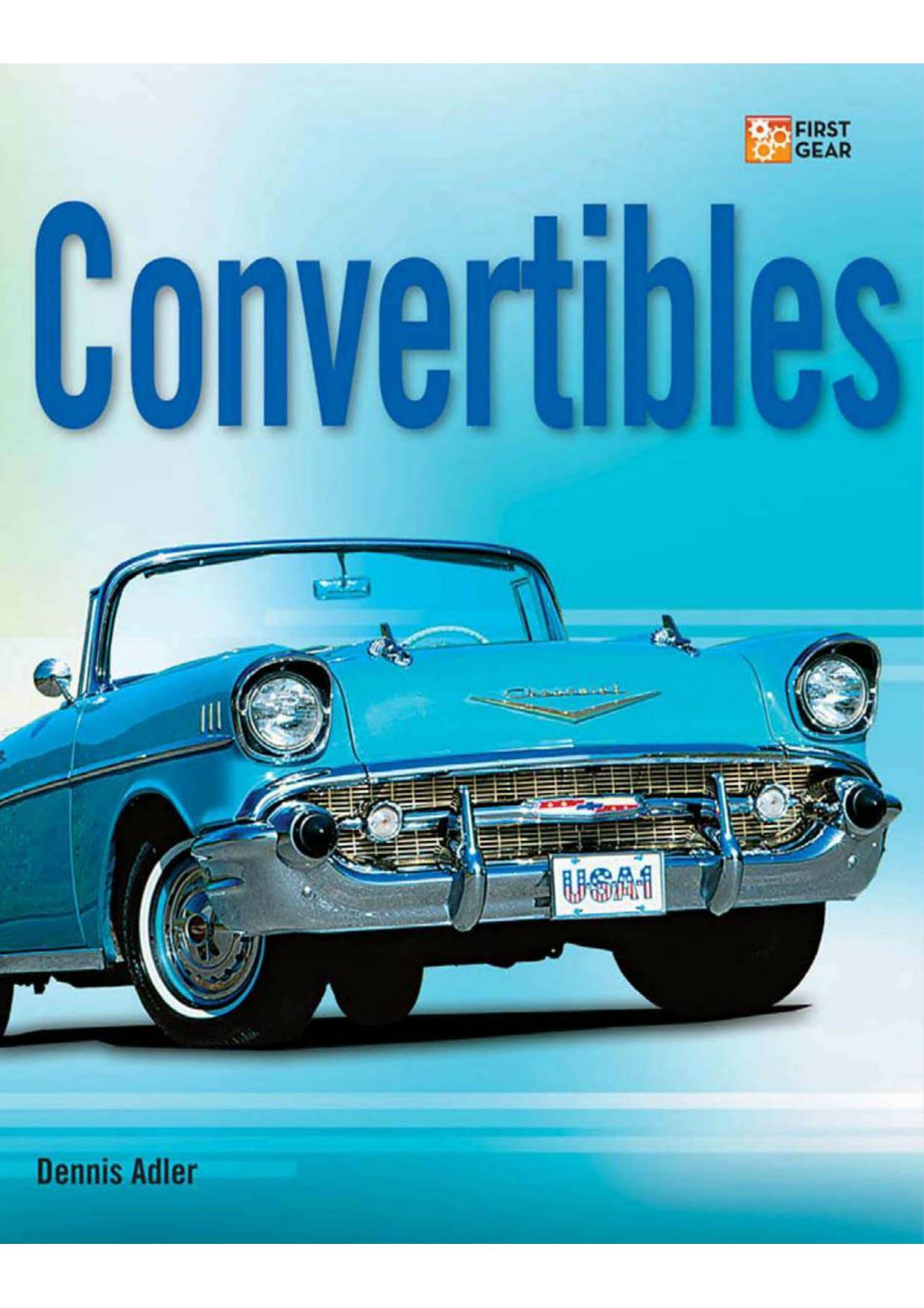Convertibles by Dennis Adler

Author:Dennis Adler
Language: eng
Format: epub, pdf
Publisher: MBI
Published: 2011-03-14T16:00:00+00:00
1930 TROSSI MERCEDES-BENZ SSK Photo Gallery
1939 BUGATTI TYPE 57C
1939 BUGATTI TYPE 57C
Price: N/A
Engine: Third version, supercharged (C compressor) straight eight
Displacement: 3257cc
Output: 200 horsepower with supercharger engaged
Gearbox: Four-speed manual or optional Cotal electro-mechanical gearbox
Production: 670 (includes all the 57s produced)
French coachwork had developed into a true art form by the 1930s, and the masters of the French design idiom were Joseph Figoni, Henri Chapron, and Jacques Saoutchik. All three were fascinated with aerodynamics and were continually searching for ways to cheat the wind. Figoni pioneered a body style called Goutte d’eau, which literally translated means “teardrop” or “raindrop,” nature’s perfect aerodynamic shape. This shape was the inspiration for nearly all the unorthodox yet hauntingly beautiful designs that came out of France in the 1930s—cars resplendent in long, skirted fenders, sweptback hood lines, and tapered tails. The very best bore a single name, Bugatti.
Ettore Bugatti’s factory at Molsheim, in Alsace, an occasionally disputed border region between France and Germany, was the source of what many collectors of rolling antiquity consider to be the greatest sporting automobiles of the 1920s and 1930s. The factory was run by Ettore and later by his son Jean, one of the most brilliant automotive designers of the 1930s. From the time he was 20, the styling studio had been Jean’s domain, and his designs, though often controversial, were the most stirring to ever grace a French automobile chassis.
During his tenure as acting director, Jean embarked upon the design of a single production model capable of bearing a variety of body styles, a car bred from Bugatti racing heritage but refined for the open road. The result was the Type 57, the most celebrated nonracing Bugatti ever produced.
From the car’s introduction in 1934 to the assembly of the last models early in 1940, a total of 670 Type 57, 57S, 57C, and 57SC versions were manufactured, more than any other Bugatti. The original 3.3-liter (201-cubic-inch) straight eight used in the Type 57 employed a six-main bearing crankshaft, integral head and block, and two valves per cylinder actuated by Miller-inspired dual overhead camshafts; output from the early engines was 135 horsepower. The supercharged 57C version shown here—with coachwork by Jacques Saoutchik—produced 200 horsepower.
Did You Know?
The Type 57 was the first Bugatti to integrate the gearbox with the engine, using a single dry-plate clutch. The cars could be ordered with the Cotal electromechanical preselect gearbox favored by race drivers. Utilizing a miniaturized gearbox mounted on the steering column, the driver could preset a lower or higher gear with the touch of a finger and engage it at will by tapping the clutch pedal. The stunning coachwork on this black 1939 Bugatti 57C Roadster was created by Jacques Saoutchik and is believed to be the only two-passenger Type 57C designed by the renowned French automotive stylist.
Download
This site does not store any files on its server. We only index and link to content provided by other sites. Please contact the content providers to delete copyright contents if any and email us, we'll remove relevant links or contents immediately.
Cockpit Confidential by Patrick Smith(656)
The Truth About The Titanic by Archibald Gracie(576)
1969 Ford Mustang Mach 1 by Mike Mueller(559)
150 Years of Stats Canada! by Stats Canada(529)
Biography of British Train Travel by Don Benn(523)
The Complete Bentley by Eric Dymock(519)
Bad Behavior (Bad in Baltimore) by K.A. Mitchell(511)
Jupiter's Travels by Simon Ted(511)
LNER by Paul Atterbury(511)
How to Restore Triumph TR5, TR250 & TR6 by Roger Williams(493)
About Canada by Jim Silver(484)
Owned 01 - Bound by Pleasure(483)
Heritage Cuisines by Unknown(482)
History of the East Coast Main Line by Robin Jones(480)
Convertibles by Dennis Adler(452)
Railway Renaissance by Gareth David(451)
The AEC Story by Brian Thackray(450)
Triumph Sports Cars by Graham Robson(431)
Machine by K.Z. Snow(399)
